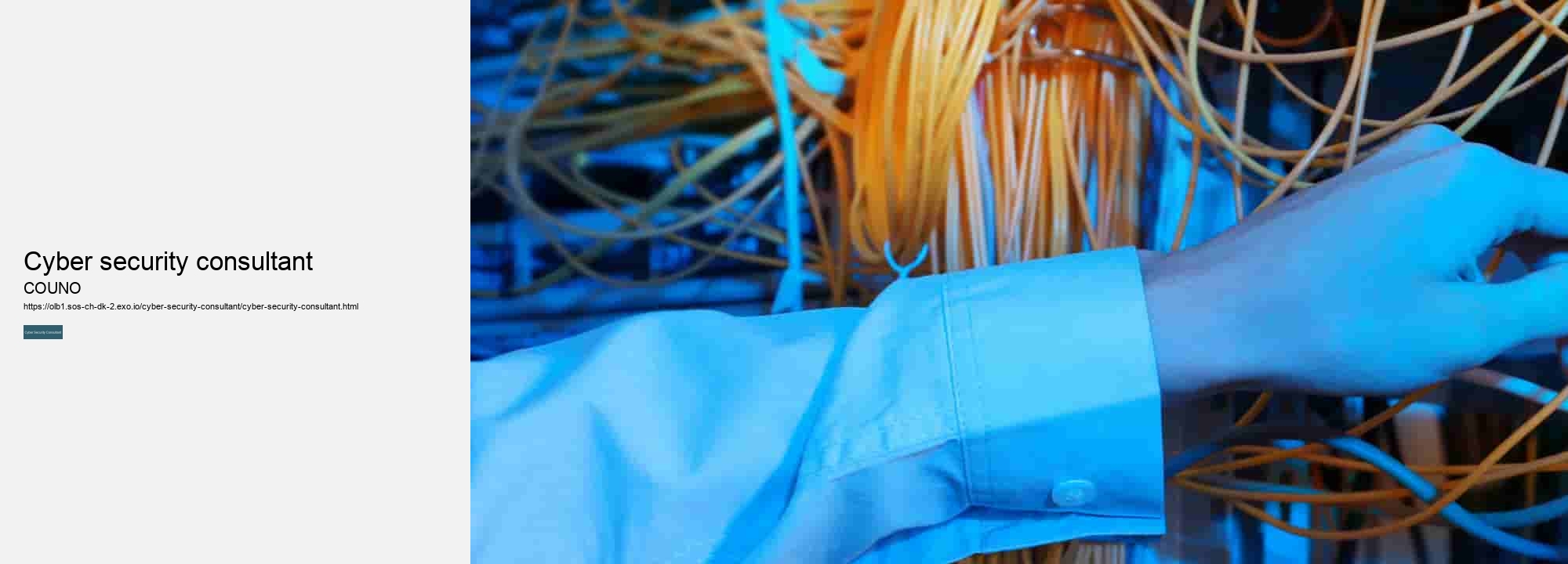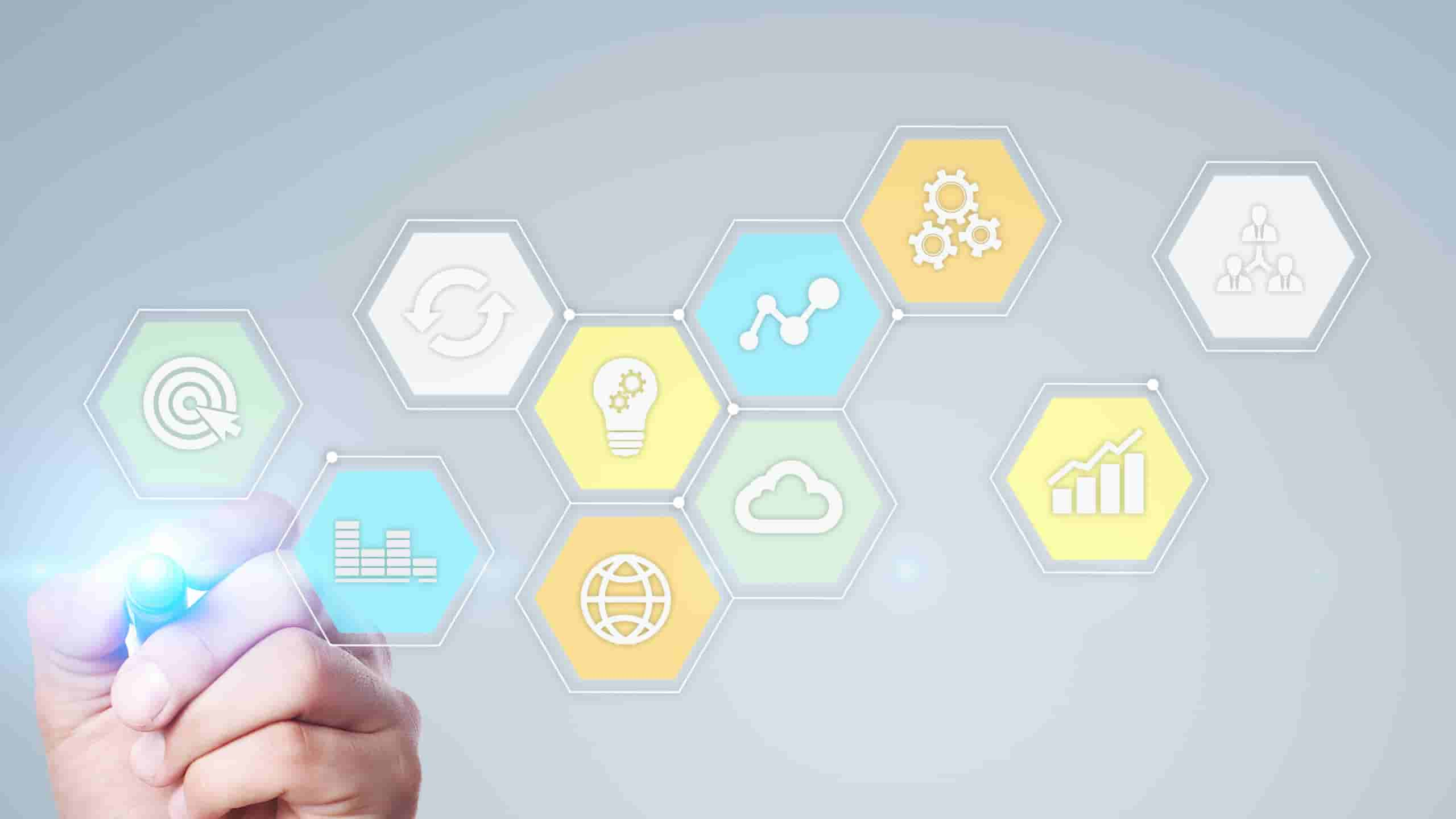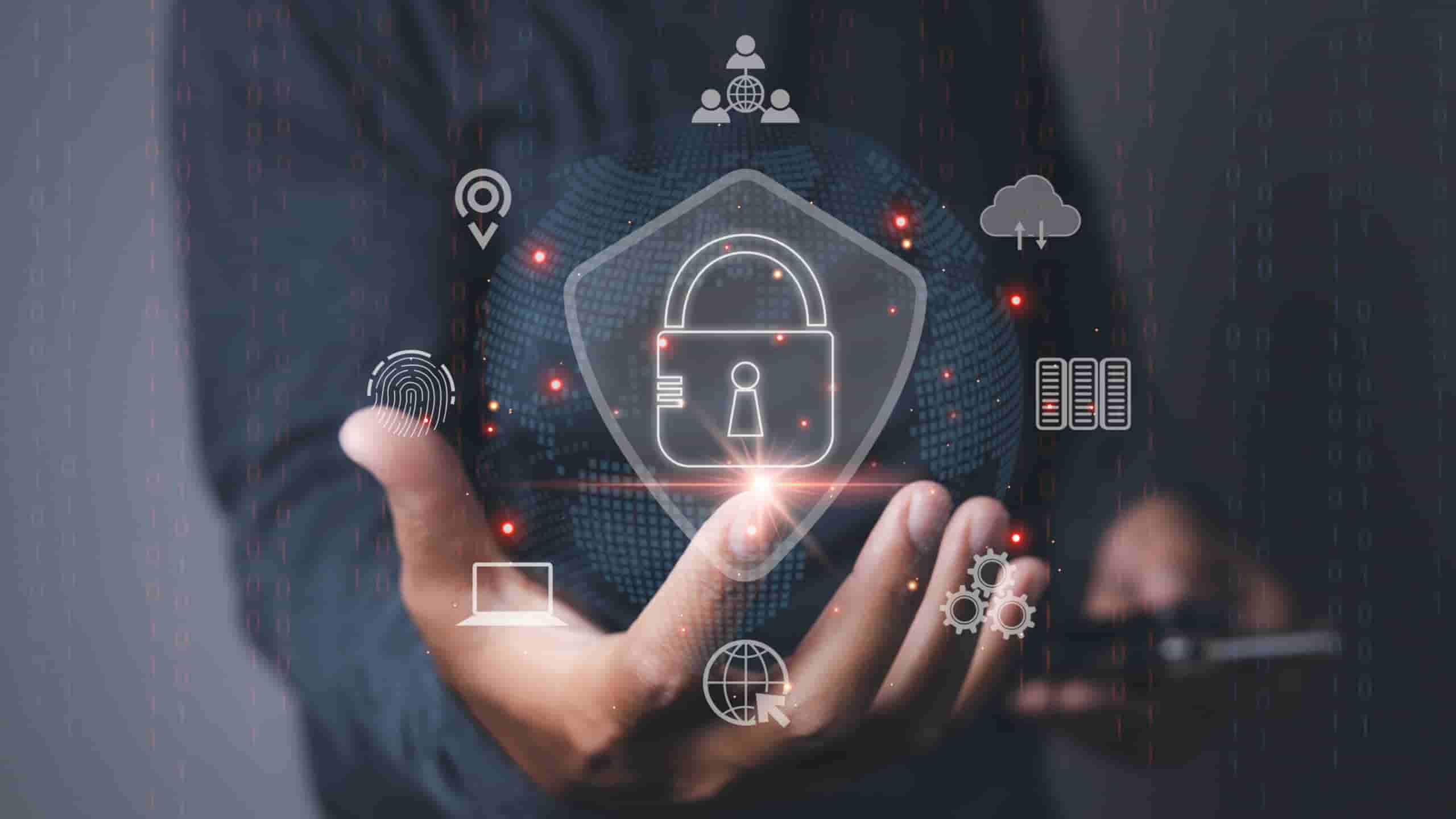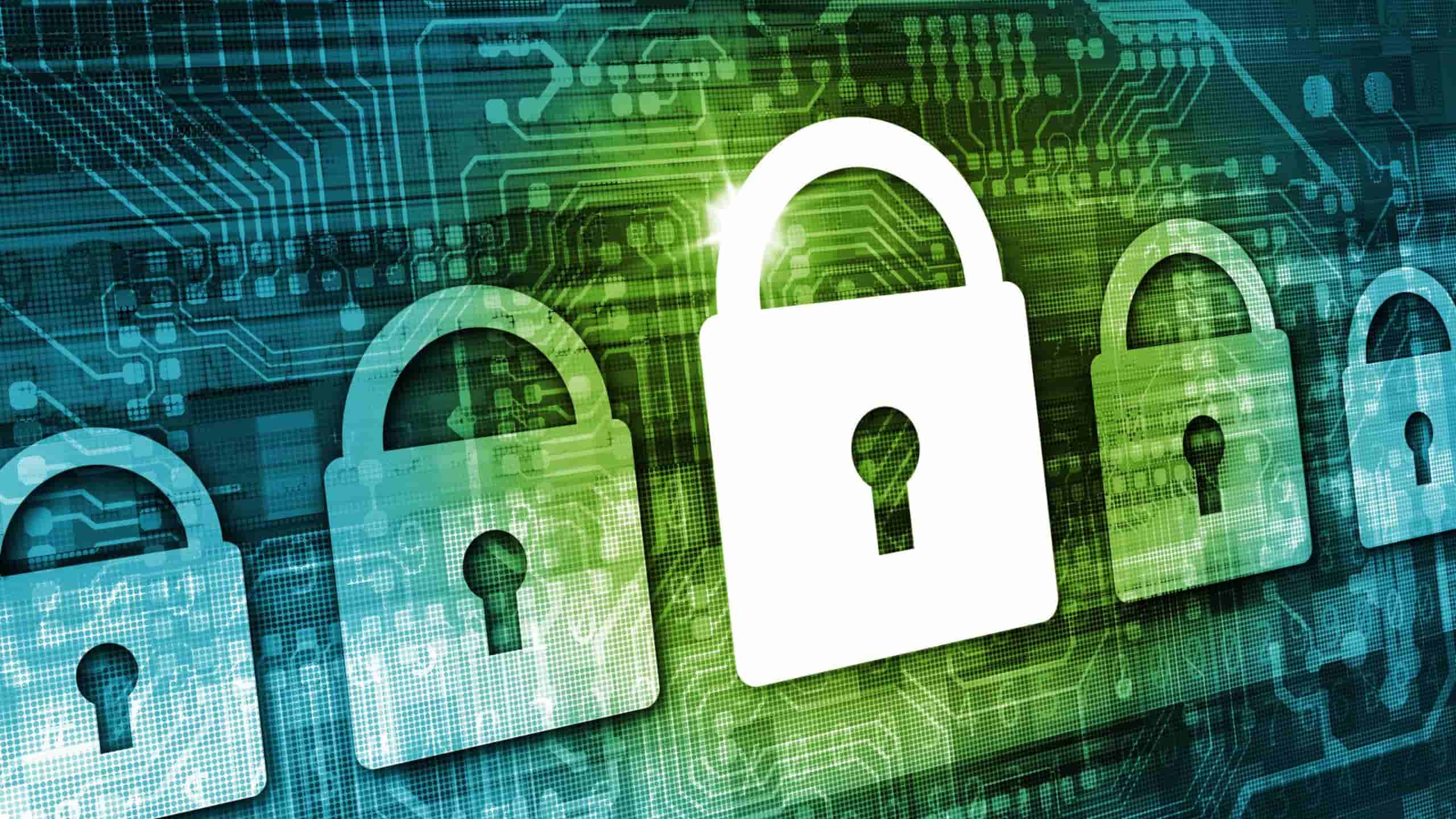

However, there are some common red flags to watch out for. One key warning sign is receiving unsolicited emails or messages asking for personal or sensitive information, such as passwords or financial details. These messages may also use urgent language or create a sense of fear to prompt a quick response. Another tactic used in social engineering attacks is impersonation.
It is important to verify the identity of anyone requesting sensitive information before sharing any details. To avoid falling victim to social engineering, individuals should practice good cybersecurity habits and remain vigilant when interacting with unfamiliar sources online. Some important steps to take include:- Being cautious of unsolicited requests for personal information- Verifying the identity of individuals requesting sensitive data- Avoiding clicking on suspicious links or attachments in emails- Keeping software up-to-date to protect against known vulnerabilities- Educating yourself and others about common social engineering tacticsBy staying informed and practicing caution when interacting online, individuals can reduce their risk of falling victim to social engineering attacks.
By remaining vigilant and aware of potential threats, you can protect yourself and your personal information from falling into the wrong hands. What is the difference between cybersecurity and information security? Cybersecurity and information security are two terms that are often used interchangeably, but they actually refer to slightly different concepts within the realm of protecting data and systems.
Information security is a broader term that encompasses all measures taken to protect sensitive information from unauthorized access, use, disclosure, disruption, modification, or destruction. This includes not only electronic data but also physical records and other forms of sensitive information. Information security focuses on creating policies and procedures to ensure the confidentiality, integrity, and availability of data across various platforms.
On the other hand, cybersecurity specifically deals with protecting digital information from cyber threats such as hacking, malware, phishing attacks, and other malicious activities. Cybersecurity aims to secure networks, systems, applications, and devices from external threats that could compromise the confidentiality or integrity of data. It involves implementing technologies like firewalls, antivirus software, encryption tools, and intrusion detection systems to detect and prevent cyberattacks. While information security is more holistic in its approach to safeguarding all types of data within an organization, cybersecurity is more focused on defending against online threats specifically. Both are crucial components of a comprehensive security strategy and work together to ensure the overall protection of an organization's assets.
By understanding these differences and implementing appropriate measures for both cybersecurity and information security practices organizations can effectively mitigate risks associated with potential breaches or attacks on their systems. How to Protect Your Personal Data from Cyber AttacksIn today's digital age, our personal data is more vulnerable than ever to cyber attacks. From identity theft to financial fraud, the risks of having our information compromised are very real. That's why it is crucial for us to take proactive steps to protect our personal data from falling into the wrong hands.
This means avoiding easily guessable passwords like "123456" or "password" and instead opting for combinations of letters, numbers, and special characters. It's also important to change these passwords regularly and never share them with anyone else. Another key measure we can take is to be cautious about what information we share online. This includes being mindful of the privacy settings on social media platforms and refraining from posting sensitive details like our full name, address, or phone number in public forums.
We should also be wary of phishing emails or messages that may try to trick us into giving away personal information. Investing in cybersecurity software can also go a long way in protecting our personal data from cyber attacks. Firewalls, antivirus programs, and encryption tools can help prevent unauthorized access to our devices and secure our online transactions. It's important to keep these software programs up-to-date by installing patches and updates as soon as they become available.
By educating ourselves on common tactics used by hackers and learning how to recognize suspicious activity online, we can better protect ourselves from becoming victims of cyber attacks. In conclusion, safeguarding our personal data from cyber attacks requires a combination of vigilance, awareness, and proactive measures. By following best practices like using strong passwords, being cautious about sharing information online, investing in cybersecurity software, and staying informed about potential threats, we can greatly reduce the risk of falling victim to malicious actors.
How to Create Strong and Secure PasswordsCreating strong and secure passwords is essential in today's digital world. With the increasing number of cyber threats and hacking attempts, it is more important than ever to protect your personal information and online accounts with robust passwords. One of the most common mistakes people make when creating passwords is using simple and easy-to-guess combinations such as "123456" or "password."
To create a strong password, you should aim for a combination of letters (both uppercase and lowercase), numbers, and special characters. This will significantly increase the complexity of your password and make it much harder for hackers to crack. Another important aspect of creating secure passwords is to avoid using easily guessable information such as your name, birthdate, or any other personal details.

Hackers often use this type of information to try and guess your password through brute force attacks. Instead, try to come up with a random combination of characters that have no obvious connection to you personally. It is also crucial to use unique passwords for each of your online accounts. Reusing the same password across multiple platforms makes you vulnerable to widespread security breaches. If one account gets compromised, all of your other accounts with the same password are at risk as well. By having unique passwords for each account, you can minimize the potential damage in case one account gets hacked.
Consider using a reputable password manager tool that securely stores all your login credentials in an encrypted vault. This way, you only need to remember one master password to access all your other passwords. In conclusion, creating strong and secure passwords is a crucial step in protecting your online identity and sensitive information from cyber threats. By following these guidelines and implementing good password hygiene practices, you can significantly reduce the risk of falling victim to hackers and keep your online accounts safe and secure. How to Recognize Phishing Emails and Avoid Falling for ScamsPhishing emails have become increasingly common in today's digital age, and it's more important than ever to know how to recognize them and avoid falling for scams.
One of the most common signs of a phishing email is a sense of urgency. Scammers often use tactics such as threatening consequences if you don't act quickly, or claiming that there has been suspicious activity on your account. They may also try to create a sense of trust by impersonating a familiar company or organization. However, legitimate companies will never ask you to provide sensitive information via email. Another red flag to look out for is poor grammar and spelling errors.
Phishing emails are often written hastily by scammers who may not be fluent in the language they are using. If an email contains multiple mistakes, it's likely that it's not from a reputable source. It's also important to pay attention to the sender's email address. While scammers may attempt to make their emails appear legitimate by using logos or branding from well-known companies, the actual email address may be misspelled or unrelated to the supposed sender. To protect yourself from falling for phishing scams, it's important to never click on links or download attachments from unfamiliar sources.
You should also verify the legitimacy of any requests for personal information by contacting the supposed sender directly through official channels. By staying vigilant and following these tips, you can reduce your risk of becoming a victim of phishing scams. Remember that if something seems too good to be true or raises suspicions, it's always better to err on the side of caution. Protecting your personal information and online security should always be a top priority in today's digital world.
From smartphones to laptops, we rely on these devices for communication, entertainment, and productivity. However, with the rise of malware and viruses, it is crucial to take steps to protect our devices from potential threats. To keep your devices safe from malware and viruses, there are several best practices that you should follow. First and foremost, make sure to keep your operating system and software up to date.
By regularly updating your device, you can stay ahead of potential vulnerabilities. Another important step is to install antivirus software on your device. Antivirus programs are designed to detect and remove malicious software before it can cause damage. There are many reputable antivirus products available on the market, so be sure to choose one that fits your needs and budget.

In addition to antivirus software, it is also essential to be cautious when browsing the internet or downloading files. Be wary of suspicious websites or emails that may contain malware or phishing attempts. Avoid clicking on links from unknown sources and only download files from trusted sources. Furthermore, consider using a firewall on your device to monitor incoming and outgoing network traffic. Firewalls act as a barrier between your device and potentially harmful content on the internet. They can help prevent unauthorized access and block malicious activity.
In the event that your device becomes infected with malware or a virus, having a recent backup can help you restore your important files and documents without losing any valuable information. In conclusion, protecting your devices from malware and viruses is essential in today's digital age. By following these best practices such as keeping your software updated, installing antivirus software, being cautious online, using a firewall, and backing up your data regularly you can greatly reduce the risk of falling victim to cyber threats. Stay vigilant and proactive in safeguarding your devices against potential attacks! How to Enable Two-Factor Authentication for Added SecurityIn today's digital age, protecting your online accounts has never been more crucial.
One effective way to safeguard your accounts is by enabling two-factor authentication. Two-factor authentication adds an extra layer of security to your online accounts by requiring not only a password and username, but also a second piece of information that only you have access to. This could be a code sent to your mobile device, a fingerprint scan, or even facial recognition. By implementing this additional step in the login process, you significantly reduce the risk of unauthorized access to your accounts. To enable two-factor authentication on most websites or apps, you will typically need to navigate to the security settings section of your account.
From there, you can choose the option to enable two-factor authentication and follow the prompts provided. You may be asked to verify your identity through a phone number or email address before proceeding with the setup process. Once two-factor authentication is enabled, you will receive a unique code each time you attempt to log in to your account. This code is usually sent via text message or generated by an authenticator app on your smartphone. Simply enter this code along with your password when prompted during login attempts.
Even if someone manages to obtain your password through phishing scams or other means, they would still require access to your mobile device or other secondary verification method in order to gain entry into your account. In conclusion, enabling two-factor authentication for added security is a simple yet highly effective way to protect yourself against cyber threats and safeguard your personal information online. Take the necessary steps today to enable this feature on all of your important accounts and enjoy peace of mind knowing that you have taken proactive measures to keep yourself safe in an increasingly digital world. How to Secure Your Home Network from HackersSecuring your home network from hackers is crucial in today's digital age.
Fortunately, there are steps you can take to protect your home network and keep your data safe. The first step in securing your home network is to ensure that all your devices have strong and unique passwords. This includes not only your computers and smartphones but also any other smart devices such as thermostats or security cameras. By using strong passwords that are difficult to guess, you can significantly reduce the risk of a hacker gaining access to your network.
Hackers often exploit vulnerabilities in outdated software to gain access to a network, so by regularly updating your devices, you can stay one step ahead of potential threats. It is also essential to secure your wireless network with encryption. Most routers come with built-in encryption settings that allow you to password-protect your network. By enabling encryption, you can prevent unauthorized users from accessing your Wi-Fi signal and potentially compromising your data.

Industries such as finance, healthcare, retail, and government benefit greatly due to the high sensitivity of the data they handle.
A Cyber Security Consultant assesses an organization's security measures, identifies vulnerabilities, and recommends solutions to protect against cyber threats.
Consultants ensure that the organization adheres to regulations such as GDPR, HIPAA, and PCI-DSS by conducting compliance audits and recommending necessary changes.